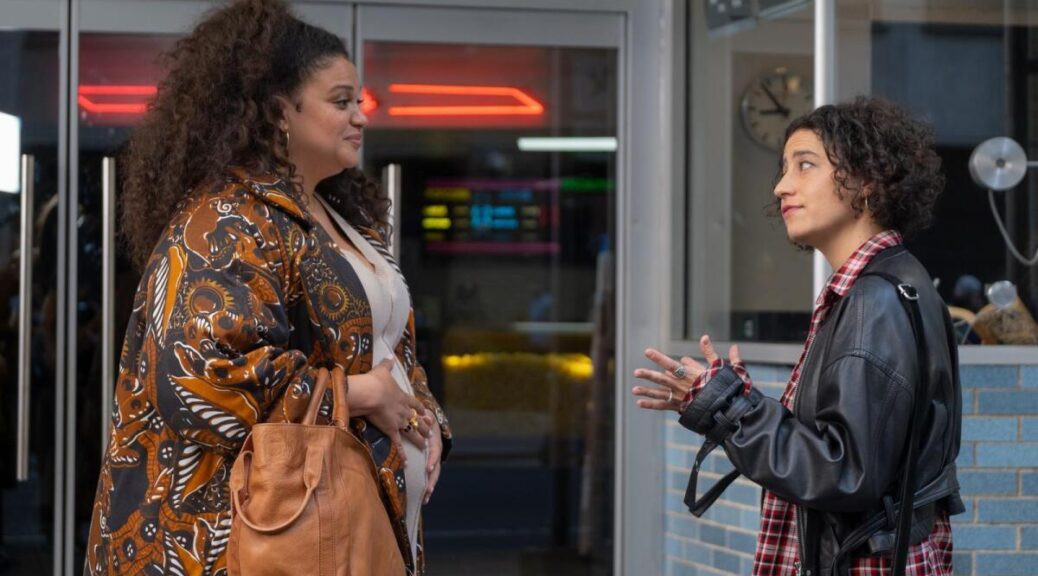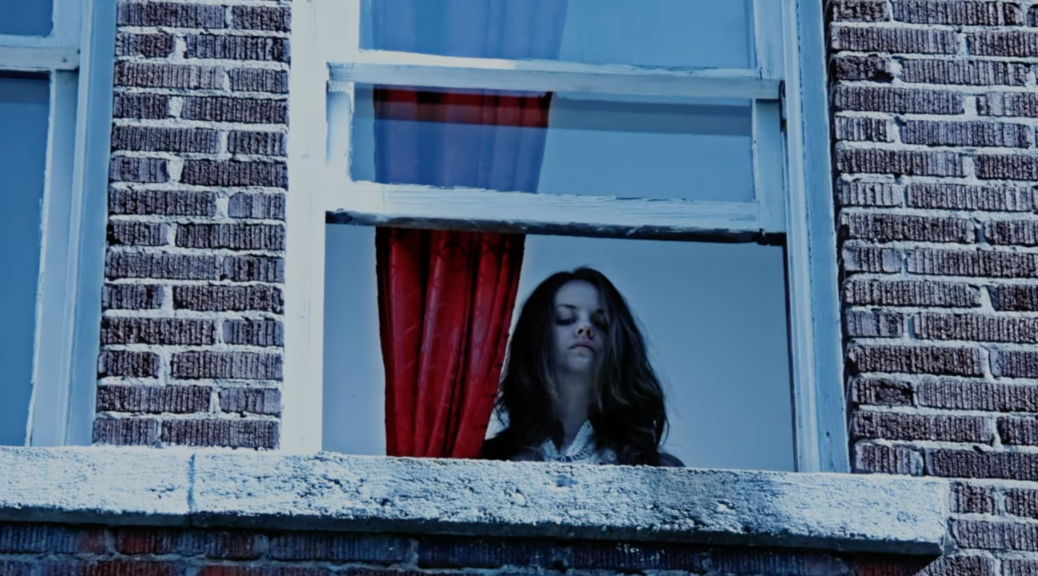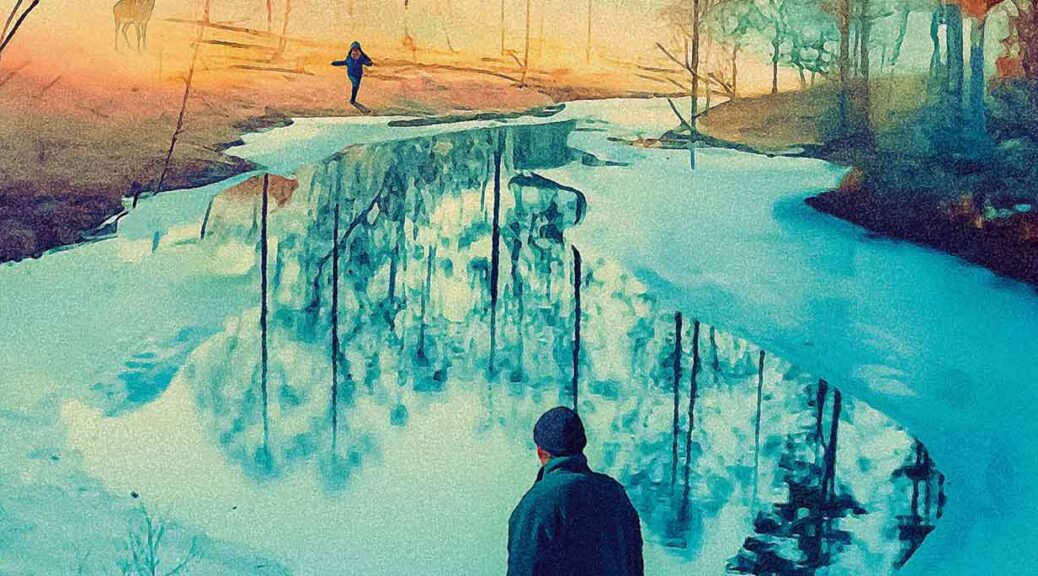Babes
by Hope Madden
Bobby Hill makes a movie. I think we always knew he was a feminist.
Director Pamela Adlon, longtime actor and brilliant voice actor (winning an Emmy for her work on King of the Hill), helms her first feature with Babes, the tale of two of lifelong best friends grappling with the sloppy tensions motherhood can put on a friendship.
Adlon works with a script by co-star Ilana Glazer and Josh Rabinowitz, who wrote together on Glazer’s breakout sitcom Broad City, so you can guess what to expect: raunchy hilarity based in shameless womanhood.
Yes, please.
This is Glazer’s sweet spot. She’s plays Eden, whose free spirit is met with increasingly harried laughs by Michelle Buteau (Survival of the Thickest). Buteau’s Dawn has just given birth to her second child and realizes that it only gets harder. Everything. All things. Harder.
Just when Dawn could use her delightfully odd bestie’s help, Eden finds herself pregnant, quickly becoming just another bottomless source of need.
Applause to Babes for doing more than checking off boxes: premise, catalyst, etc. Dawn’s pregnancy mishap is actually among the most endearing plot points in a surprisingly lovely, if deeply gross, film.
The raucous irresponsibility that fueled Broad City enlivens Babes as well, but there’s more to this story than body fluids and lady parts. Glazer and Buteau share a charming, lived-in chemistry that enriches their sharp comic timing and riotous delivery.
They’re not alone. Delightful supporting turns from Hasan Minhaj, Stephen James and John Carroll Lynch add depth to situations, developing dimensional characters we become invested in.
Childhood best friendship rarely really survives adulthood. Babes wonders whether it can, with the right mix of forgiveness and need, distance and support, breast milk and feces. Glazer’s irreverent humor loses none of its edge, but there’s now more depth and humanity. The laughs come early and often, but Babes delivers a lot of heart as well.













